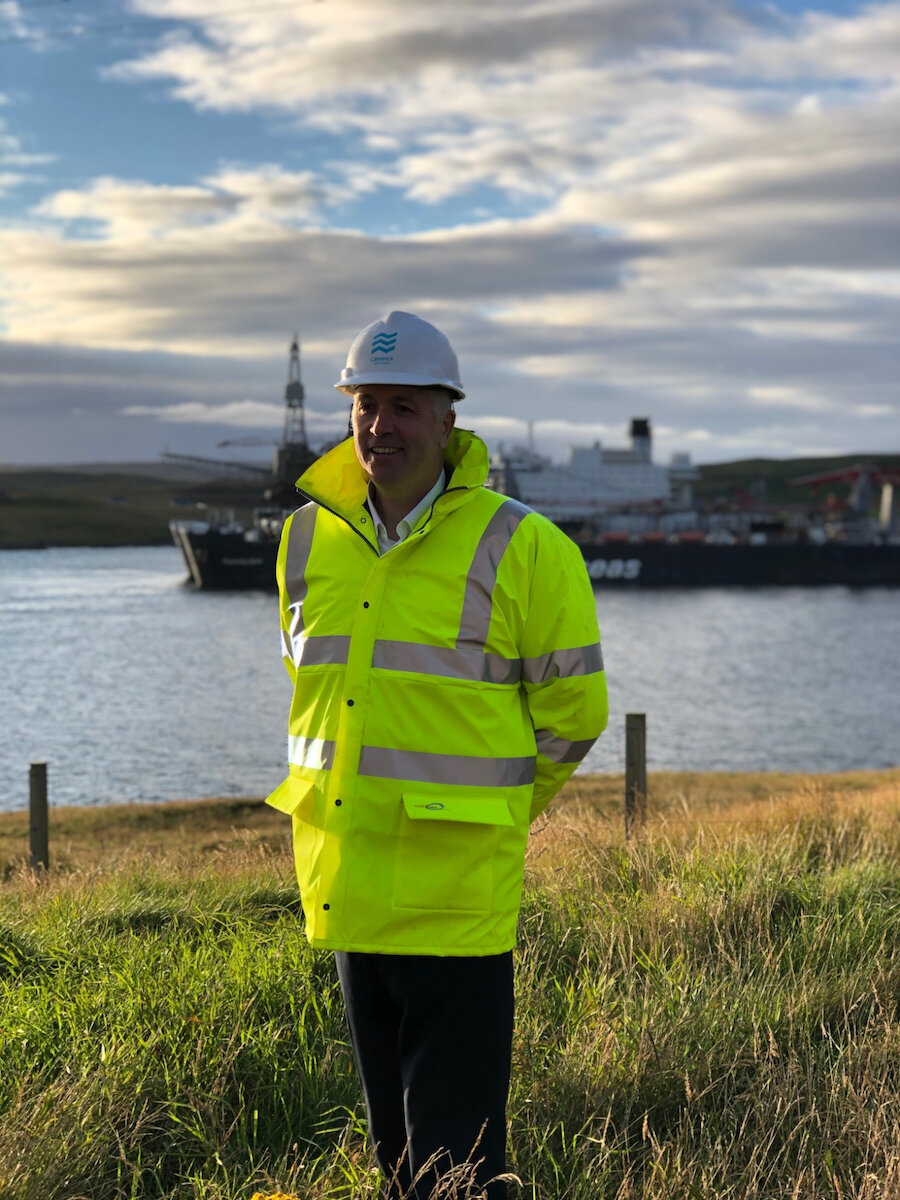An ultra-deep-water quay
The natural deep water, strong quaysides and the fact that there is plenty of space backing the quaysides makes Lerwick an ideal harbour for future decommissioning.
If the infrastructure is developed to the right timetable LPA chief executive Calum Grains is confident more lucrative work will come the harbour’s way.
Captain Grains said: “We have a vision and a strategy to build an ultra-deep-water quay. That will be the next step and would allow another type of vessel to come alongside the quay.”
Currently there are no ports in the UK that offer that kind of quayside, meaning much work is lost to Norway. With an anticipated rise in the number of platforms being decommissioned Lerwick Port Authority believes now is the time to capitalise by investing in this growing sector before it peaks in the coming years, giving Shetland the capability to compete with international yards.
“The ultra-deep-water quay would ideally need to be built by 2024/25 as it is market driven and finance driven,” said Capt. Grains.
“We are trying to work towards a timeline of 2025. There is a four-year lead-in for design and procurement works.
“There’s quite an increase in the market for anticipated decommissioning projects in 2024/25. For us to be able to capture that we would like to have the facility ready.
“It’s very much a balance for us to get the facility and having the market to use it. Too soon we won’t get the finance but wait too long and we will miss out.
“We are spending a lot of time trying to get the planning and programme for the ultra-deep quay in place.”
It all places Lerwick in a strong position.
In the short term the existing facility at Dales Voe, where Ninian North is being decommissioned, allows Shetland to accept projects far bigger than most UK ports can handle.
If the ultra-deep-water quay reaches fruition, that possibility will be amplified with even bigger, more lucrative work in the pipeline.


